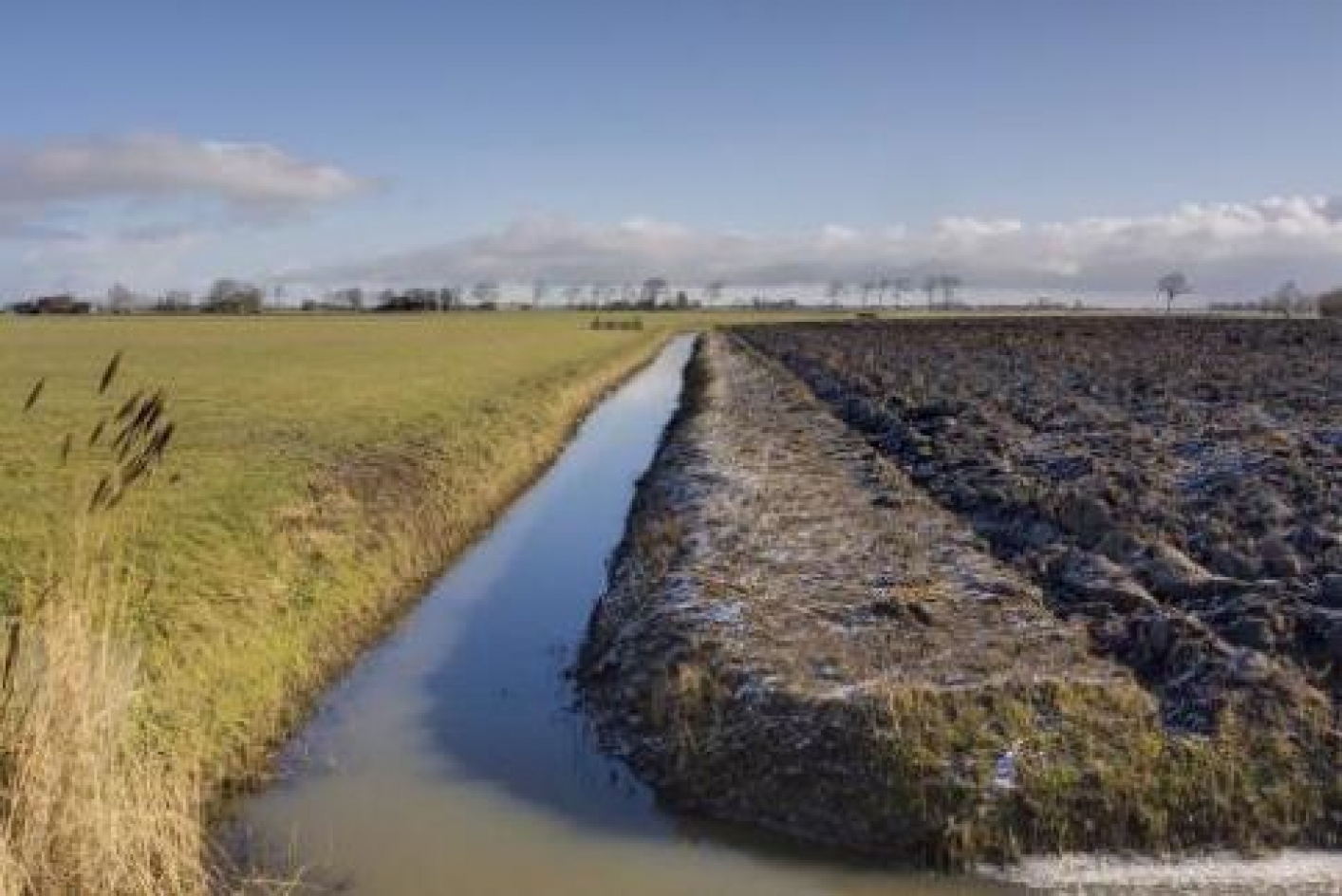
The European Parliament, the Council of Ministers for Agriculture and the European Commission reached mid 2013 a political agreement regarding the Common Agricultural Policy (CAP) for the period 2014‑2020. It now falls to the member states to conduct the decision‑making processes with regard to their implementation of the CAP reforms at the national level. In this advisory letter to the Minister for Agriculture, the Council for the Environment and Infrastructure (Rli) considers the main strategic choices to be made in the Netherlands with regard to agriculture and rural development policy. The Council stresses the importance of arriving at choices which will strengthen the Netherlands’ competitive position. This entails devoting ongoing attention to sustainability and efforts to increase the innovative strength of the Dutch agricultural and horticultural sector.
Accordingly, the three key decisions to be made are:
- The timeframe for the transition from the current Single Farm Payments (based on historic production figures) to one based on ‘flat rate’ in the Netherlands
- The way in which the greening of the direct payments can be implemented
- The reallocation of funds from the direct payments to the budget for rural development so as to create additional opportunities for innovation and sustainability
In its advisory letter, the Council makes a number of recommendations with regard to how the Dutch government and parliament can best use the permitted policy discretion to strengthen the Dutch agricultural sector, while also achieving long‑term sustainability.
The Council presented its findings to the Minister for Agriculture, Sharon Dijksma,
October 31st, 2013.